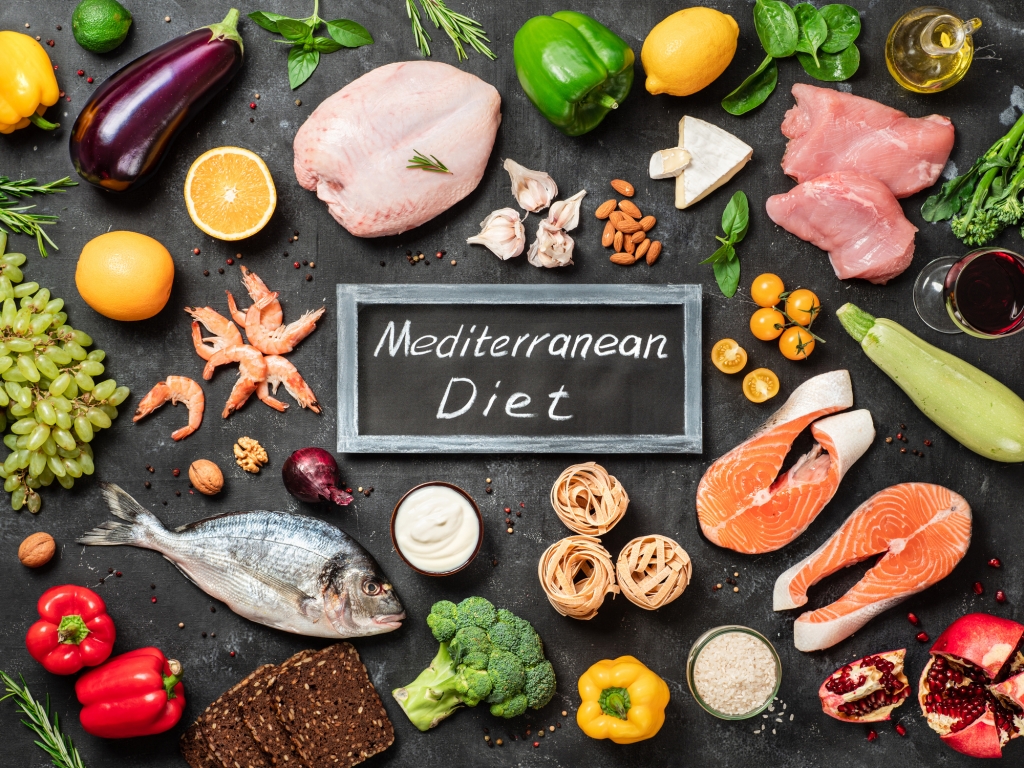
05 May The Mediterranean Diet and the Sele Plain: A Combination of Well-Being and Tradition
The Mediterranean diet is renowned for its health benefits and its ability to preserve ancient culinary traditions. The Sele Plain, with its wealth of leafy vegetables and other fresh crops, represents one of the most emblematic areas of Campania where this diet comes to life. The products of this area align perfectly with the principles of the Mediterranean diet and enhance its variety and quality through sustainable farming methods.
The Sele Plain: Territory and Fertility
The Sele Plain lies between the Amalfi and Cilento coasts, an ideal location that gives it a microclimate conducive to growing quality crops. The fertile soils and abundant water resources allow the cultivation of fresh, nutrient-rich vegetables essential for a balanced diet. In this context, arugula, lettuce, and spinach thrive and stand out for their nutritional properties.
Benefits of Leafy Vegetables in the Mediterranean Diet.
Leafy vegetables are among the stars of the Mediterranean diet and provide significant health benefits. They are an excellent source of vitamins (especially A, C, and K), minerals (such as iron and magnesium), and antioxidants. These nutrients not only support the immune system and bone health but are also known for their role in preventing cardiovascular disease and reducing inflammatory processes.
The Mediterranean Diet and Sustainability
One of the key aspects of the Mediterranean diet is its focus on environmental sustainability. The Sele Plain has adopted agricultural practices that respect the land and reduce environmental impact, such as the use of drip irrigation and crop rotation. These practices maintain soil fertility and reduce resource consumption, ensuring the production of high-quality fresh vegetables.
The Sele Plain and the Value of the Mediterranean Diet in the World.
Products from the Sele Plain help export the image of the Mediterranean diet around the world, enhancing the tradition and well-being that this diet represents. At a time when people are increasingly concerned about health and the environment, the Mediterranean diet stands out as a sustainable food model that combines taste and well-being, making the Sele Plain a reference point.
Conclusion
The Sele Plain is confirmed as an ideal area for the production of quality foods that not only represent the Mediterranean diet but also enrich it with authentic flavors and beneficial nutrients. Thanks to its fresh and sustainable vegetables, the Mediterranean diet finds in this land a bastion of tradition and well-being, ready to meet the needs of modern consumers.
